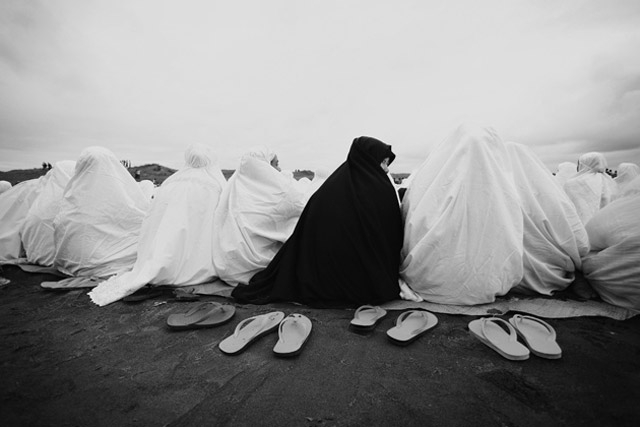The Impact of Islam on the Social Structure of South Asia: A Historical Perspective
Describe How Islam Impacted The Social Structure Of South Asia: The influence of Islam on South Asia has been profound and far-reaching. As a major world religion, Islam made its way into the region centuries ago, leaving an indelible mark on the social structure of the subcontinent. In this article, we delve into the historical context and explore how Islam shaped the social fabric of South Asian societies, bringing about changes in various spheres of life.
Islamic Arrival and Spread
Islam arrived in South Asia through trade and conquest, primarily during the 8th to 12th centuries. Muslim traders and scholars introduced Islamic teachings, establishing a foundation for the religion. The subsequent Muslim conquests, notably the Delhi Sultanate and the Mughal Empire, led to the wider dissemination of Islamic practices and principles across the subcontinent.
ALOS READ : How To Add Read More On Tumblr Mobile
Synthesis of Cultures and Social Integration
The influence of Islam in South Asia led to a process of cultural synthesis, where local traditions and Islamic beliefs intertwined. As Muslim rulers established their reigns, they encouraged the assimilation of local customs with Islamic principles. This resulted in a unique blend of traditions, fostering social integration between different communities.
Impact on Caste System
Islam played a significant role in challenging the existing caste system prevalent in South Asia. The egalitarian principles of Islam, emphasizing the equality of all believers, provided an alternative social framework. Converts to Islam found themselves liberated from the strict hierarchical structure of the caste system, allowing for greater social mobility and a more inclusive society. Describe How Islam Impacted The Social Structure Of South Asia
Education and Scholarly Contributions
The advent of Islam in South Asia brought with it a surge in education and scholarly pursuits. Madrasas (Islamic educational institutions) were established, serving as centers of learning and knowledge dissemination. These institutions played a crucial role in advancing various fields, including philosophy, science, literature, and art, while also nurturing a vibrant intellectual and cultural heritage.
Women’s Rights and Empowerment
Islam’s impact on the social structure of South Asia also influenced the status of women. While pre-Islamic societies often practiced patriarchal norms, Islam introduced teachings emphasizing women’s rights and dignity. Islamic teachings advocated for education, property rights, and social roles for women, leading to notable changes in the status and empowerment of women in South Asian societies.
Sufism and Religious Syncretism
The mystic tradition of Sufism flourished in South Asia, embodying a spiritual dimension of Islam. Sufi saints played a significant role in spreading Islam through their message of love, tolerance, and inclusivity. Sufism promoted religious syncretism, bridging gaps between different faiths and fostering a unique cultural and religious harmony in the region.
ALSO READ : How To Activate Boost Mobile Phone Without Paying
Conclusion
The impact of Islam on the social structure of South Asia has been profound and multi-faceted. It influenced the region’s culture, social hierarchy, education, and the status of women. By promoting a synthesis of local customs and Islamic principles, Islam helped shape a diverse and inclusive society. It is through understanding this historical context that we can appreciate the rich tapestry of South Asian societies, forged by the interplay of Islamic traditions and indigenous cultures.
